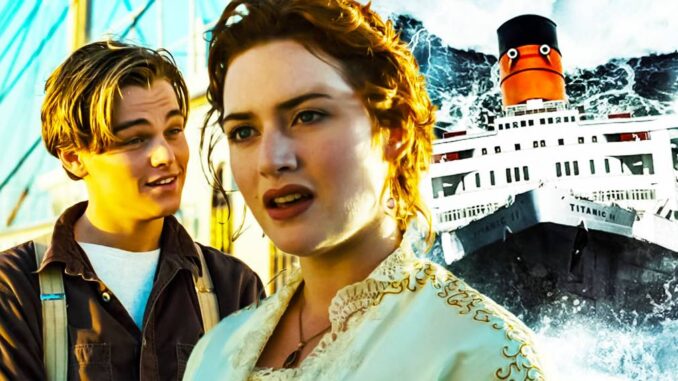
The story of the RMS Titanic is a tragic one, etched in popular culture through countless books, films, and documentaries. Its sinking in 1912 remains a cautionary tale of hubris and the unforgiving power of nature. But what if I told you that the Titanic, or at least a vessel claiming its legacy, is attempting a second voyage? This brings us to the somewhat bizarre, yet undeniably real, existence of the **Titanic II**. The question then becomes: is it intended as a true sequel to the historical disaster, and perhaps more importantly, *should* it be?
Titanic II: A Modern Echo of the Past?
The Titanic II isn’t a movie; it’s a planned cruise ship, the brainchild of Australian businessman Clive Palmer and his company, Blue Star Line (a name that, somewhat ironically, mirrors the White Star Line, owners of the original Titanic). Palmer’s vision is to create a near-replica of the ill-fated vessel, intended to sail the original Southampton to New York route. The project has faced numerous delays and financial hurdles since its initial announcement in 2012, but as of late 2024, it is supposedly slated for a 2027 launch. The marketing surrounding the Titanic II avoids direct comparisons to a “sequel” in the fictional sense. Instead, it is presented as a tribute, a chance to experience the grandeur and elegance of early 20th-century transatlantic travel, albeit with modern safety features and navigation technology. This distinction is crucial. Blue Star Line isn’t attempting to re-enact the disaster; they’re trying to capitalize on the historical allure of the Titanic while assuring passengers’ safety.
However, the very concept of a Titanic II is fraught with ethical and practical complexities. Can a replica of such a tragic vessel ever truly escape the shadow of its predecessor? This is where the question of whether it’s “supposed to be a sequel” gets murky. While not a sequel in the traditional narrative sense, it’s undeniable that the Titanic II’s existence is inextricably linked to the original ship’s fate. The name alone conjures images of the disaster, prompting questions about remembrance, respect, and the potential for exploitation.
Here are some points to consider regarding the ethical and practical implications:
- Respect for the Victims: The sinking of the Titanic resulted in the deaths of over 1,500 people. Some argue that recreating the ship, even with the best intentions, is insensitive to the memory of those who perished.
- Trivialization of Tragedy: Can the Titanic II ever truly escape being seen as a spectacle, potentially trivializing the profound loss of life associated with the original disaster?
- Safety Concerns: While modern safety standards are far superior to those of 1912, any maritime voyage carries inherent risks. The pressure on the Titanic II to avoid any incident would be immense.
- Commercial Exploitation: Is the project primarily driven by a desire to honor the past, or is it simply a cynical attempt to profit from a historical tragedy?
In conclusion, the Titanic II is not a sequel in the traditional sense of a narrative continuation. However, its very existence is a direct response to the enduring fascination with the original Titanic and its tragic story. Whether it succeeds in honoring the past or merely exploits it remains to be seen. Ultimately, its fate will depend on how successfully it navigates the complex ethical and practical considerations that accompany such a controversial undertaking. The success of its voyage, and the perception of its purpose, rests upon delivering a respectful, safe, and meaningful experience, rather than a hollow echo of a disaster.
